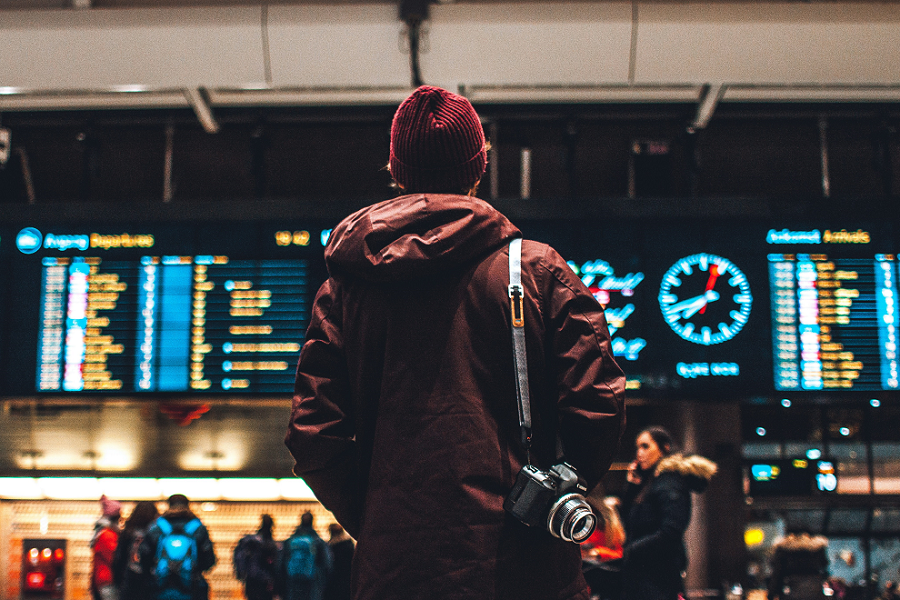How Mexico's Largest Airline Is Navigating the Pandemic

Skift Take
Volaris, Mexico's largest airline, has certainly not been immune to the damage the pandemic had wreaked on travel. But with a network of domestic routes and being optimized for family-visit traffic, Volaris sees itself better poised for recovery than rivals dependent on premium business travelers or beach, leisure, and international destinations.
The Mexican airline has a robust route network within Mexico. With many borders locked down, most of the world will be traveling domestically for the foreseeable future. This month, Volaris is operating 74 total routes, with 60 being domestic.
Of course, recovery is still full of uncertainties. Mexico has had 200,000 coronavirus cases with deaths spiking in recent weeks to reach more than 25,000. And the headlines don't help. A spring break trip to Mexico triggered 60 cases of coronavirus among Texas college students.
Still, Volaris is pushing ahead. In July, the airline will up its total number of routes to 94, according to the airline's executive vice president Holger Blankenstein. He said that before the crisis, it offered 200 routes.
The airline is also operating 15 destinations into the United States in July.
“Those are mostly routes that have a large visiting friends and relatives component where people don’t need to stay in a hotel, but have family on the other side, and that’s the traffic that’s been relatively strong throughout the crisis, and we've seen that also in previous crises, like H1N1 10 years back,” Blankenstein said.
Also, it’s important to remember that the recovery in air travel will likely see more people flying for pleasure rather than for business purposes. In particular, this is where "visiting friends and relatives" (VFR) travel could come in to play.
"That type of travel just has more stickiness," said Carlos Ozores, principal and head of Americas Aviation Consulting at ICF. "People are kind of tired of Zoom and they want to actually see their relatives or their friends."
Volaris’ business structure also may help it get through the pandemic. Ozores highlighted that low-cost airlines are in unique positions that others are not.
“The lower your costs, and the more variable your costs, the greater your ability to withstand in a situation in which your demand and your revenue environment is pressured.”
In fact, a large portion of Volaris' revenue comes from ancillaries. In 2019, of the $1.8 billion in revenue it generated, only $1.2 billion came from tickets, according to a company report.
Like most airlines around the world, the pandemic has affected the carrier, as it battles with competitors such as Interjet and VivaAerobus. According to a recent press release, Volaris transported a total of 213,000 passengers during the month of May, which was a decrease of 89 percent year over year. More than 194,000 flew domestically, while 19,000 flew internationally.
Volaris CEO Enrique Beltranena emphasized the importance of the health of passengers in the release.
"Volaris priority continues to be safeguarding the health of our customers and ambassadors, while actively managing our operations to minimize the financial impacts in this challenging time and preserve capital.”
He also said that in June, Volaris is “implementing new biosecurity and preventive measures for the safety and well-being of Volaris' personnel and passengers, and are launching a parallel communication campaign entitled con Volaris SEGURO vuelas.”
Blankenstein said that the company has also taken advantage of the crisis by improving some of their technology. They’ve launched a new website with a simpler experience and faster load times, and they also have a new version of their app.
“And I think that that shows you the philosophy that we’re following. Taking advantage of the downtime to do a renovation, a digital transformation of the company, to come out stronger and to fortify our digital distribution channels.”




